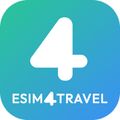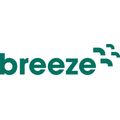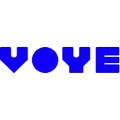Pioniere del futuro della connettività mobile globale. Soluzioni eSIM su misura per i viaggiatori più esigenti. Esplora, connettiti e rimani aggiornato in oltre 180 destinazioni. Viaggia in modo intelligente, rimani connesso.

Pioniere del futuro della connettività mobile globale. Soluzioni eSIM su misura per i viaggiatori più esigenti. Esplora, connettiti e rimani aggiornato in oltre 180 destinazioni. Viaggia in modo intelligente, rimani connesso.
Promo / Codice Coupon
Piani dati eSIM eSIM4Travel per l'America Latina
Domande frequenti
eSIM4Travel offre eSIM a dati illimitati per l'America Latina (LATAM)?
eSIM4Travel non offre un piano eSIM con dati illimitati per i paesi dell’America Latina (LATAM). I viaggiatori che cercano grandi licenze dati possono scegliere tra opzioni a dati fissi come il piano 10 GB valido per 30 giorni, che costa 91, 07 USD, o il piano 5 GB anch’esso valido per 30 giorni, con un prezzo di 46, 05 USD. Questi piani forniscono un ampio quota di dati che può essere più conveniente per la maggior parte degli utenti, a meno che un consumatore estremamente intensivo non richieda un utilizzo illimitato.
eSIM4Travel offre eSIM per l'America Latina (LATAM) con numero di telefono e SMS?
eSIM4Travel non fornisce un piano eSIM per l’América Latina (LATAM) che includa un numero di telefono o la funzionalità SMS. Gli unici eSIM LATAM disponibili da questo provider sono piani solo dati, quindi i viaggiatori dovranno utilizzare applicazioni di messaggistica e chiamata basate su internet come WhatsApp, Telegram o iMessage per comunicare, che funzionano sulla connessione dati.
Quali paesi sono coperti dai piani eSIM di eSIM4Travel in America Latina (LATAM)?
eSIM4Travel offre due piani focalizzati sul Sud America – “Latin America 17 – Daily” e “South America 16 – Daily.” Entrambi i piani forniscono copertura nei seguenti paesi: Argentina, Brasile, Cile, Colombia, Costa Rica, Repubblica Dominicana, Ecuador, Honduras, Messico, Nicaragua, Panama, Perù, Paraguay, El Salvador, Uruguay e Venezuela. Nessun piano dell’offerta attuale estende la copertura oltre questi paesi.
Riepilogo con Gen AI. Ultima modifica:




